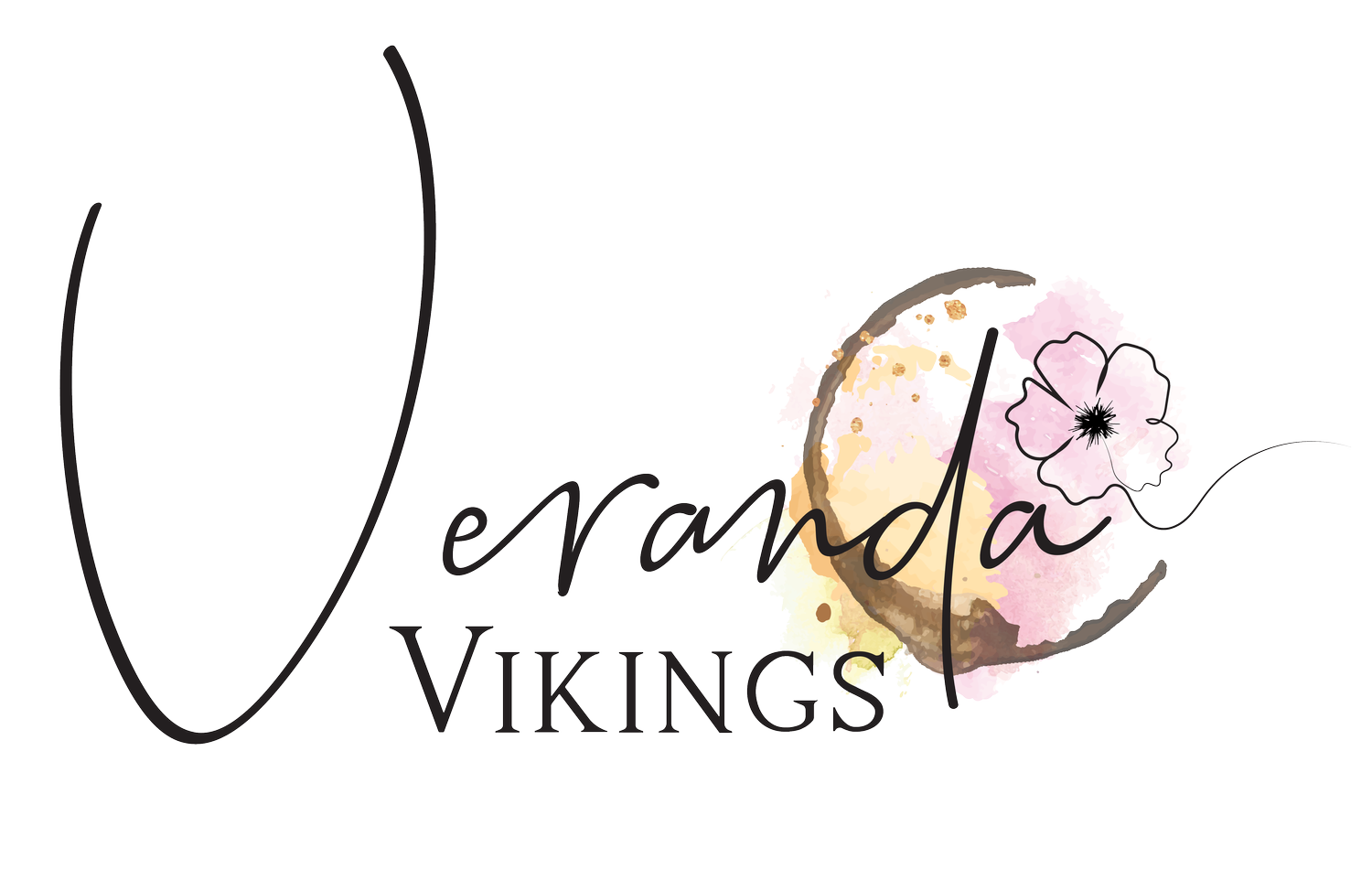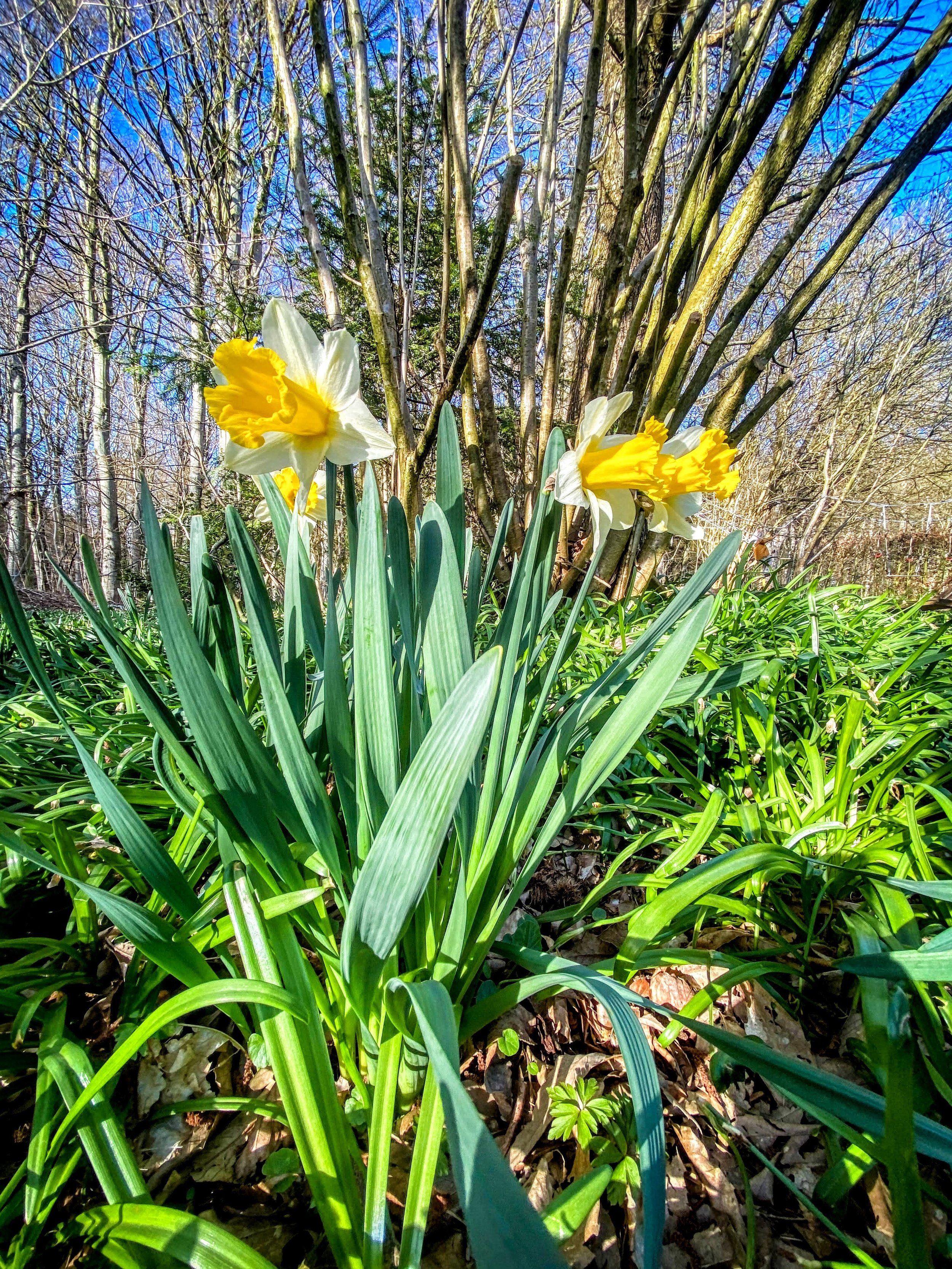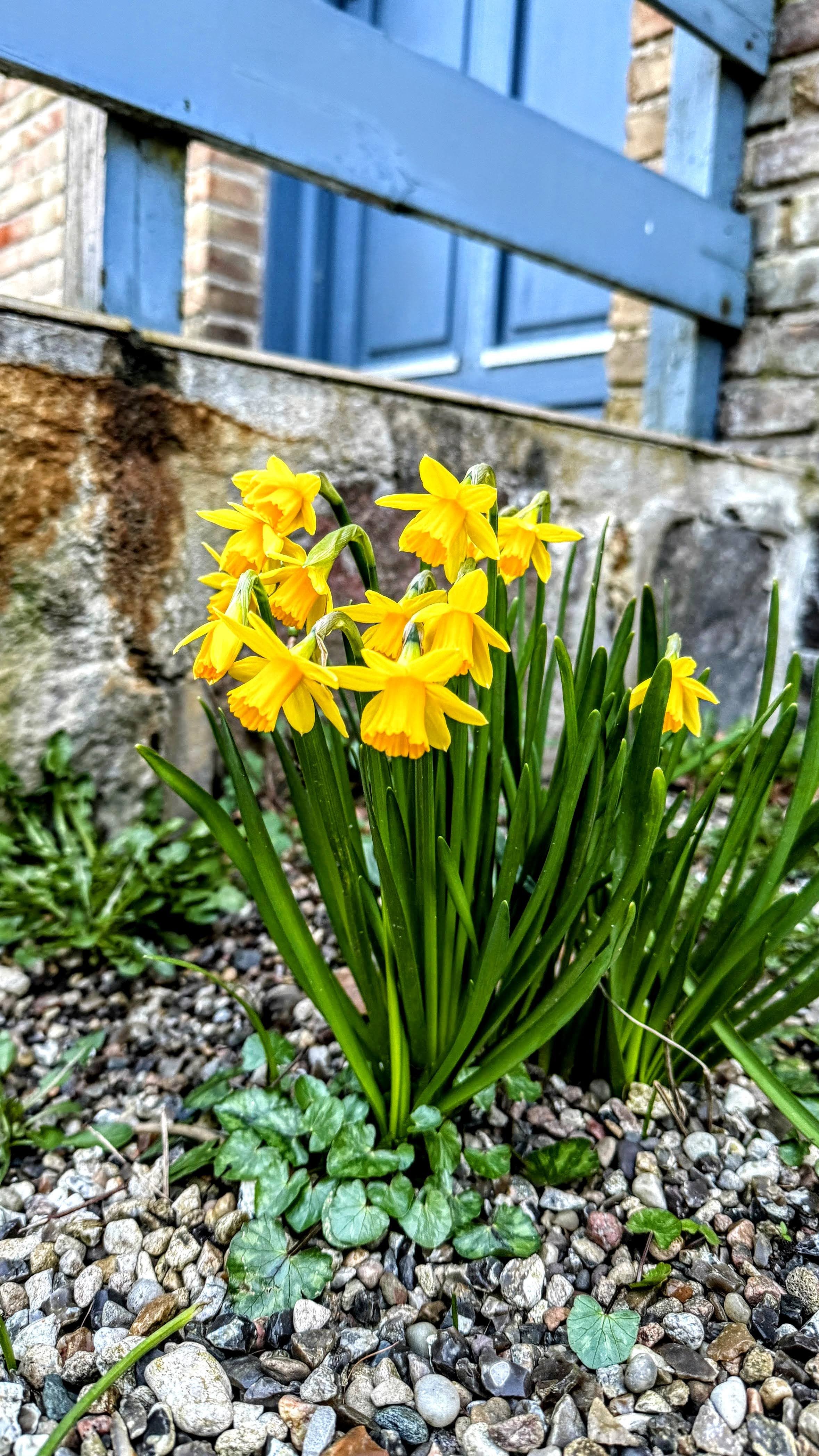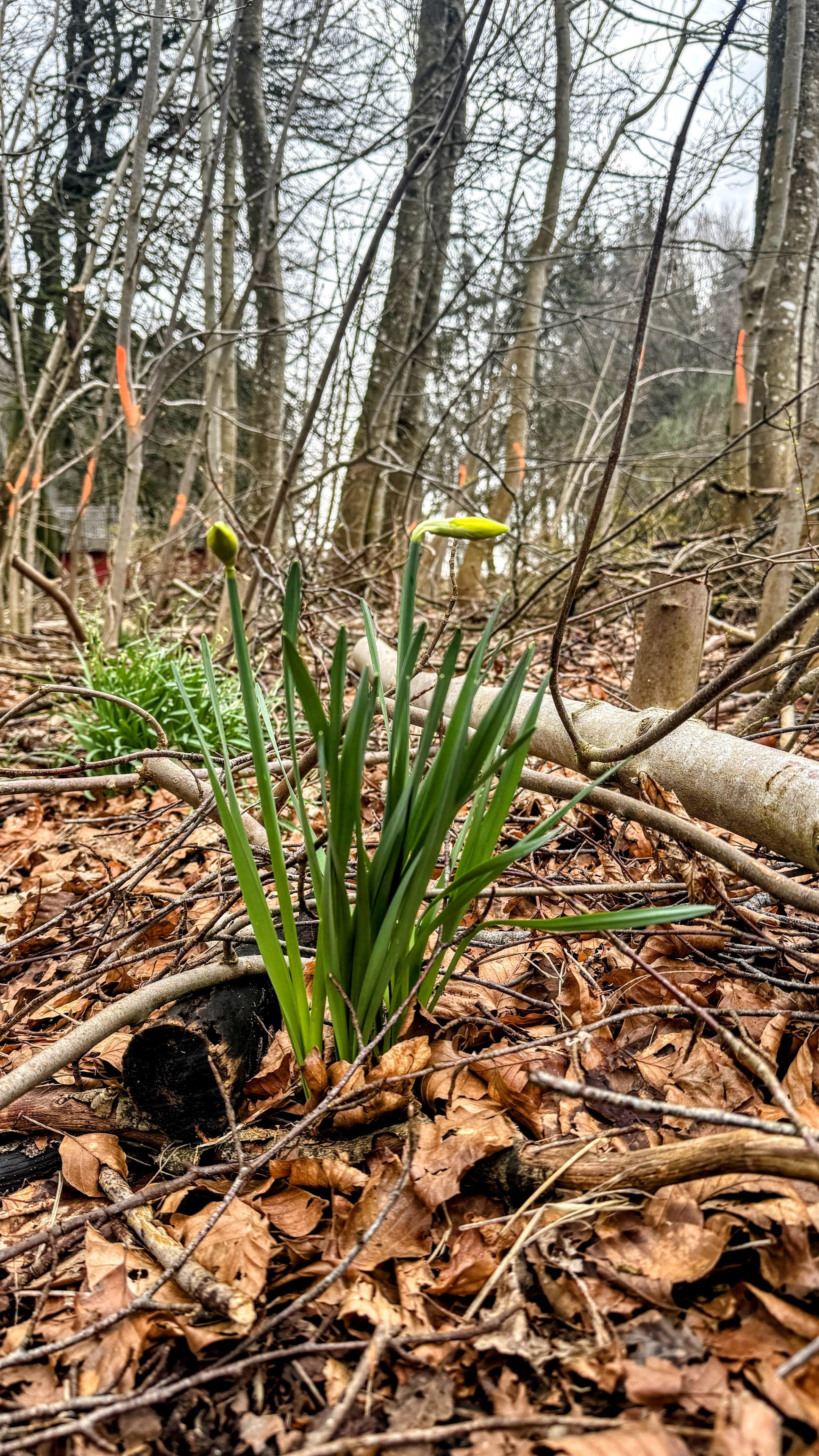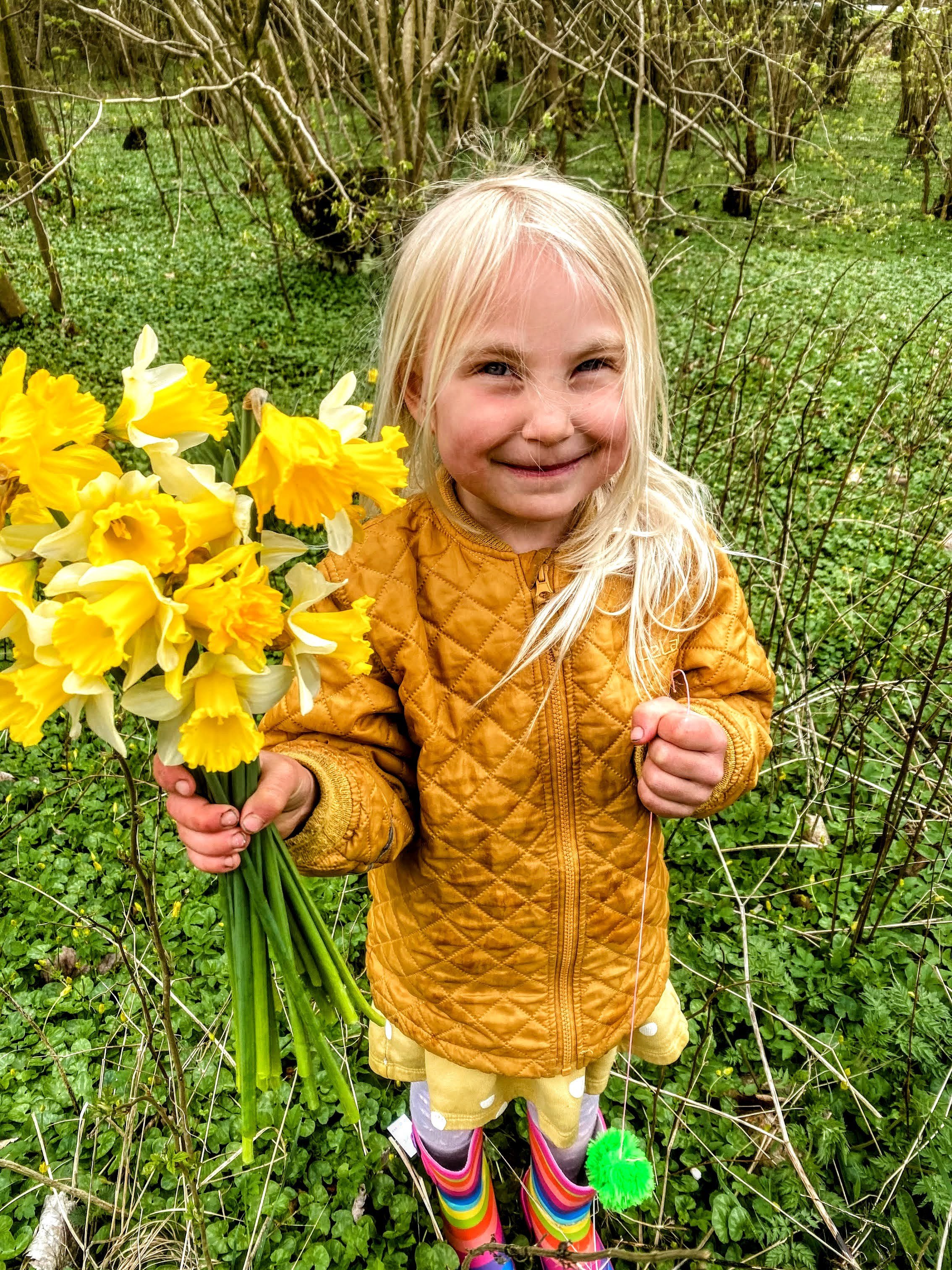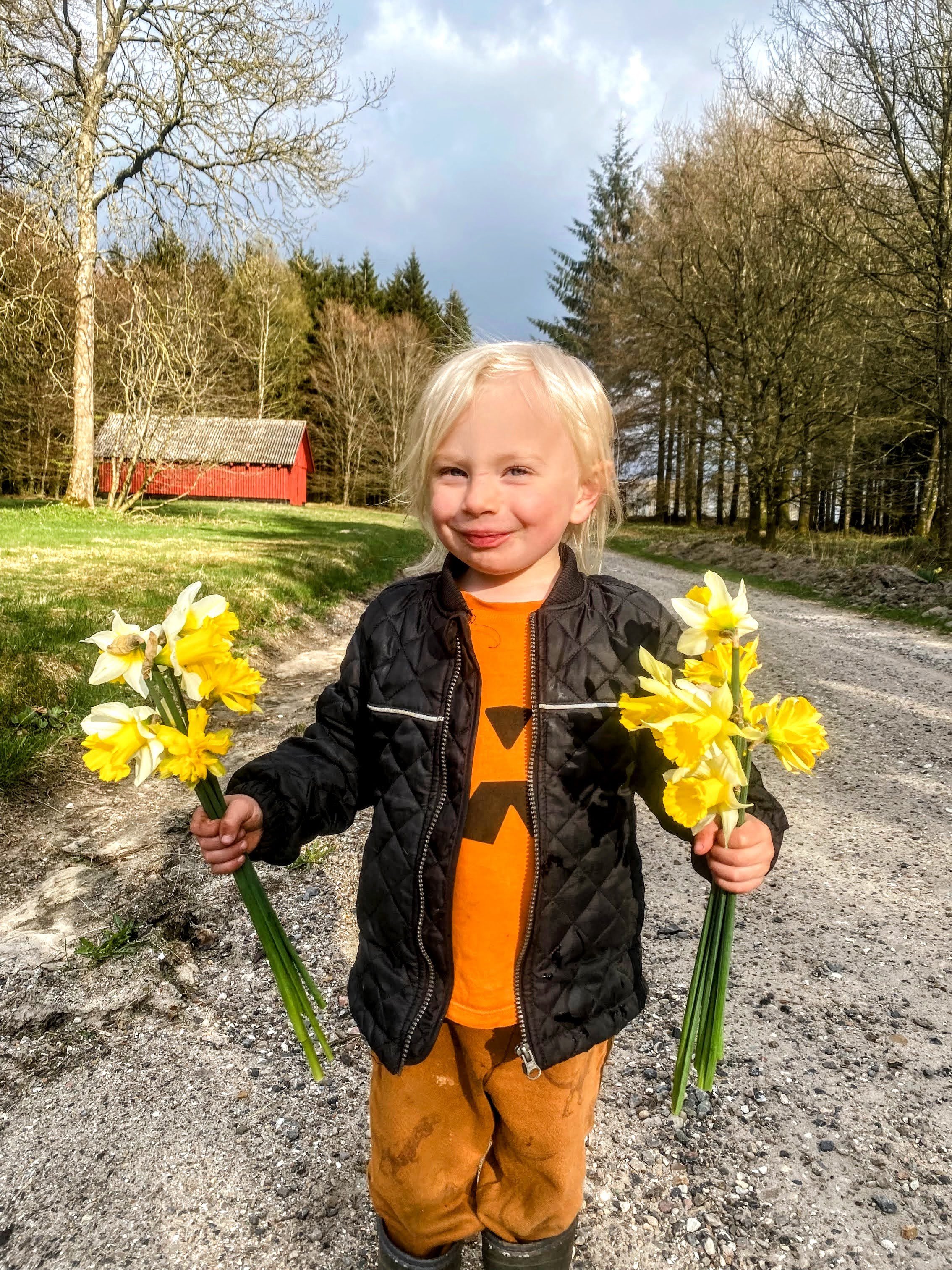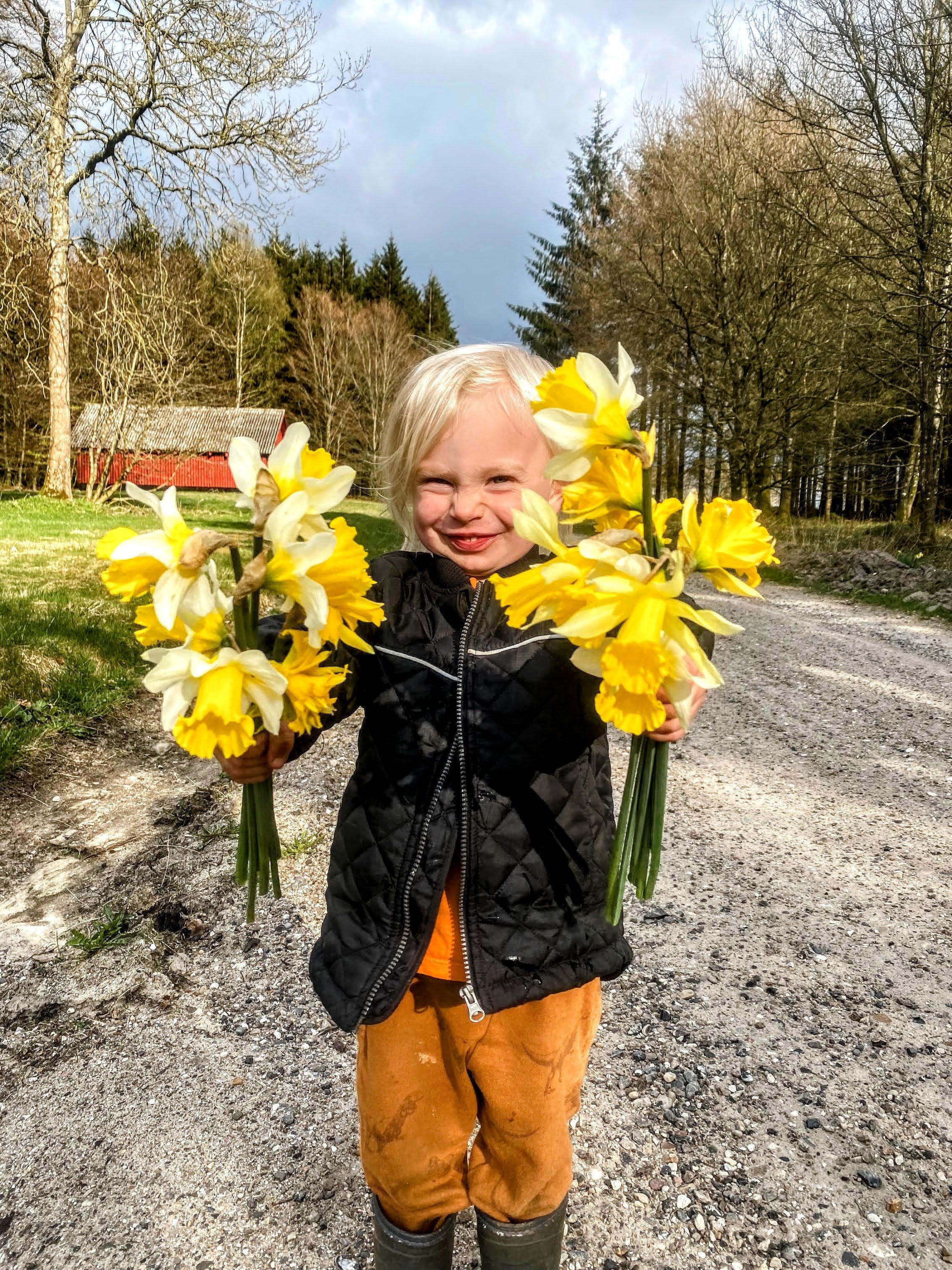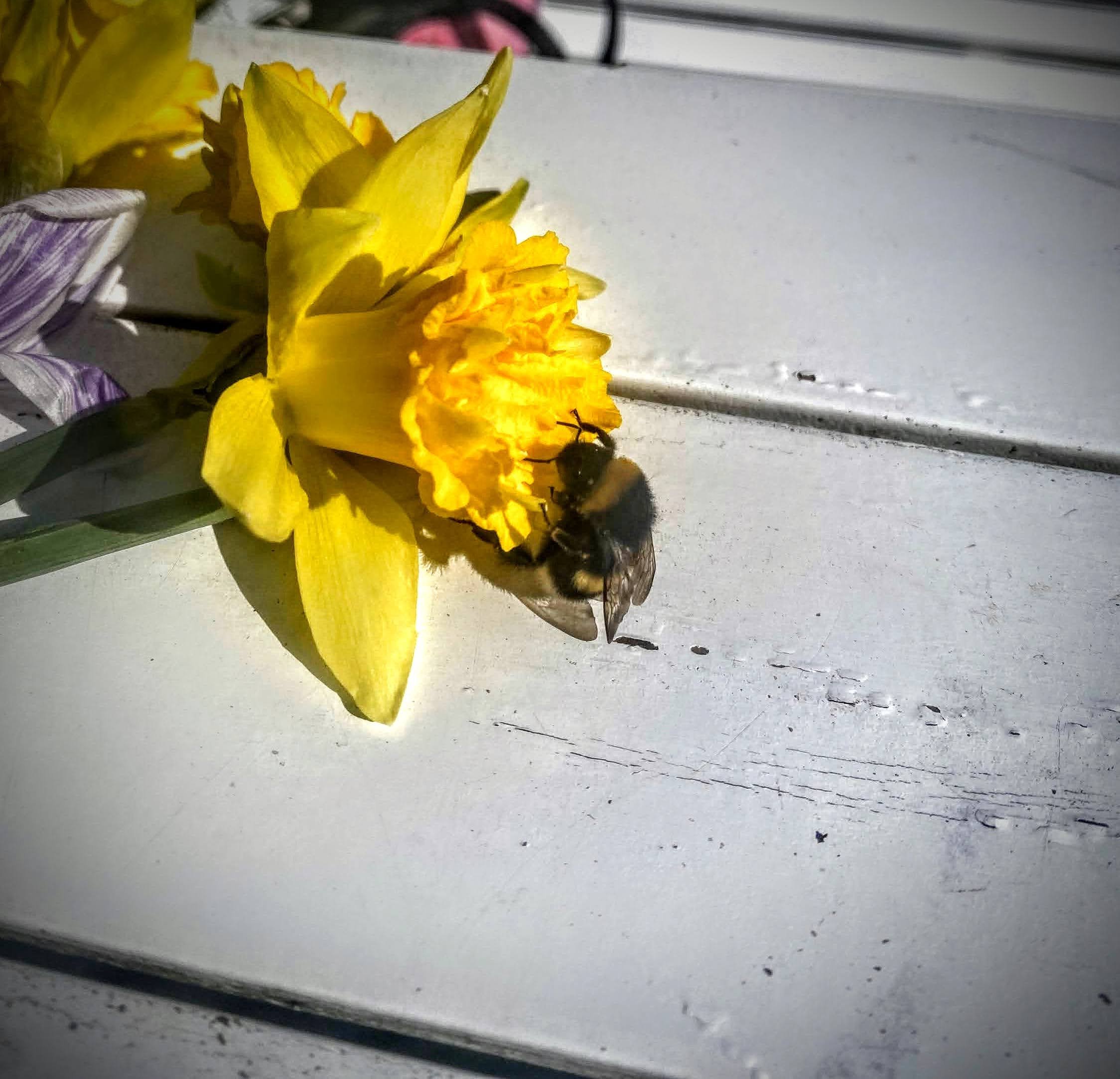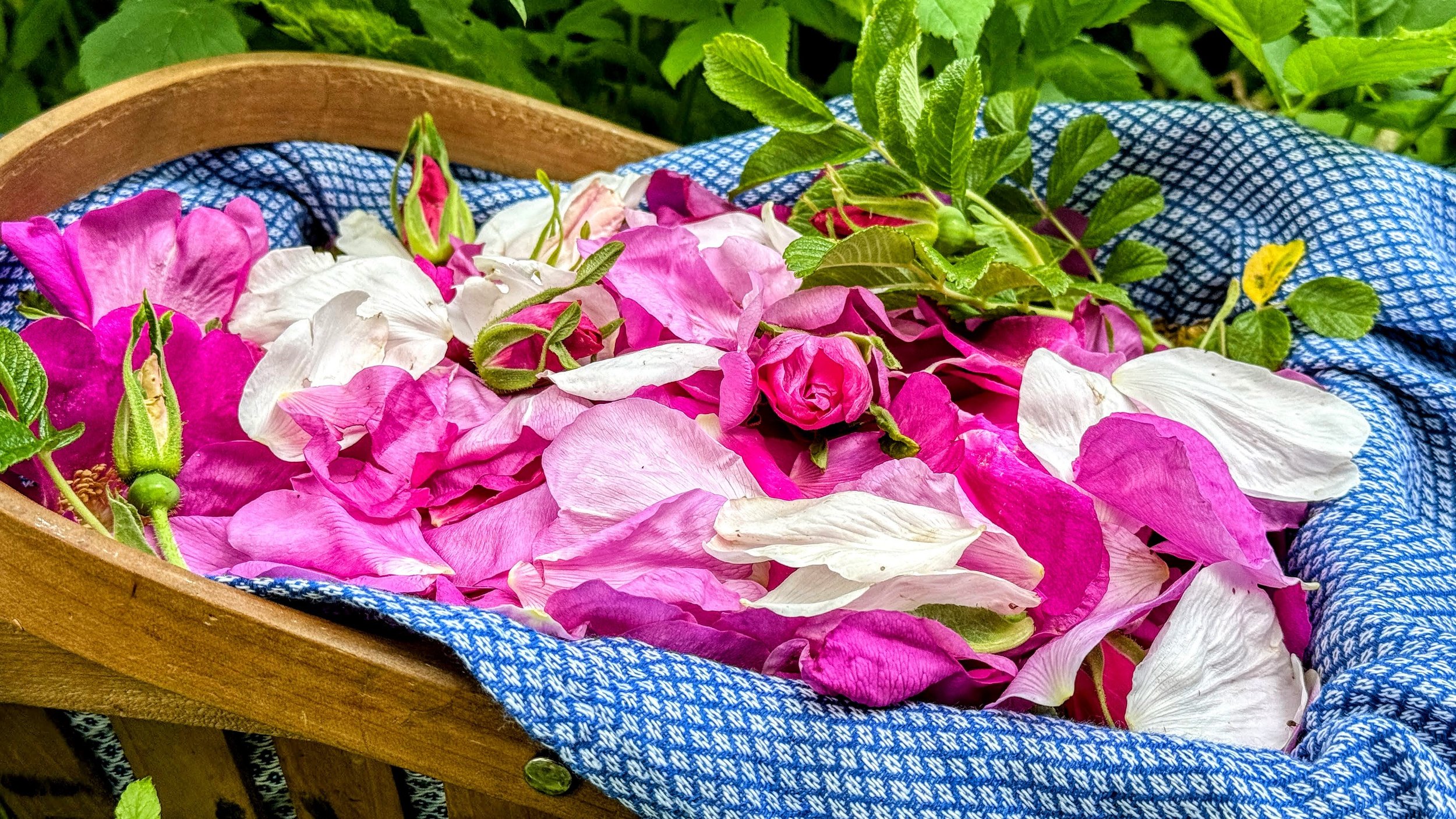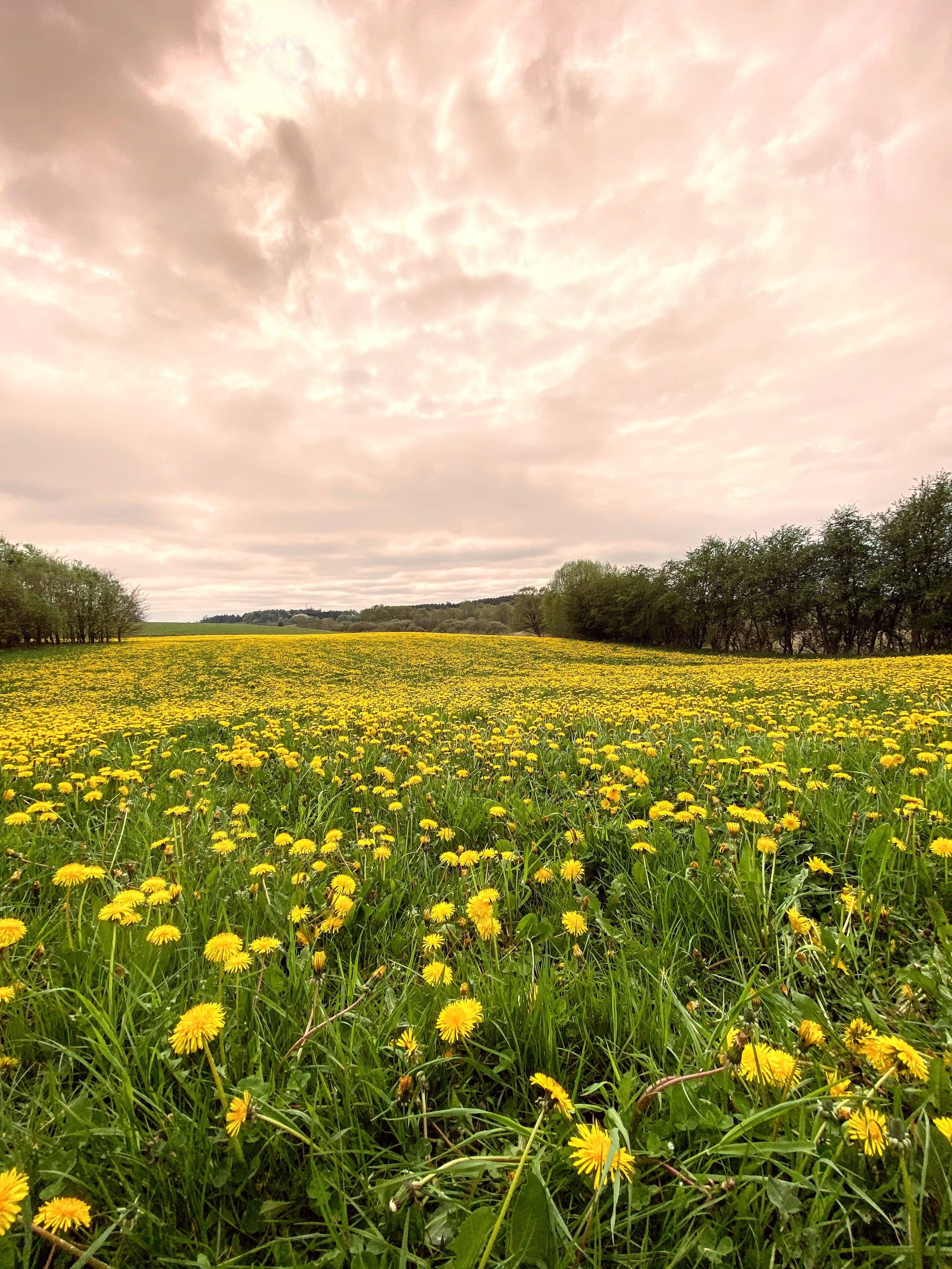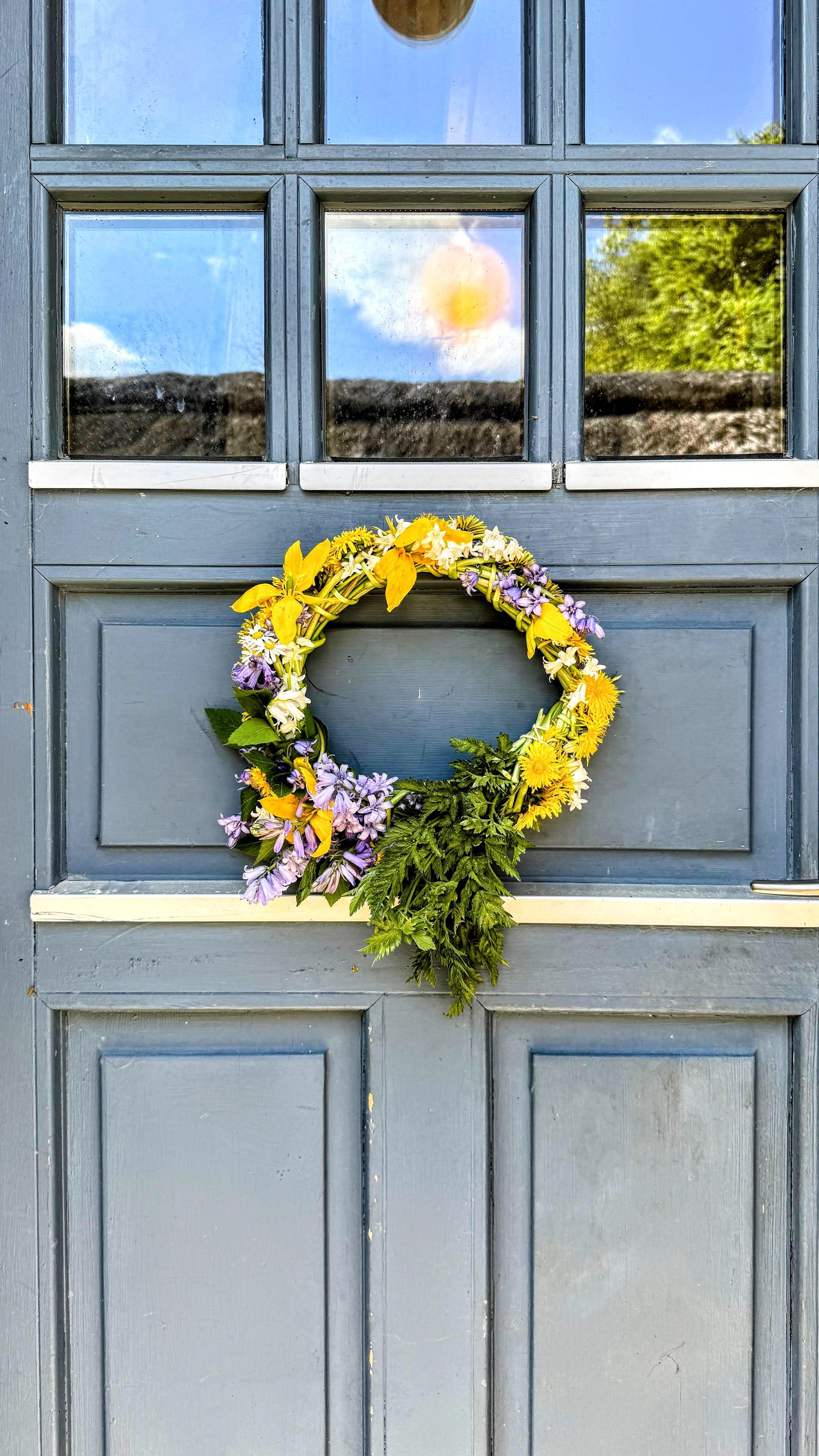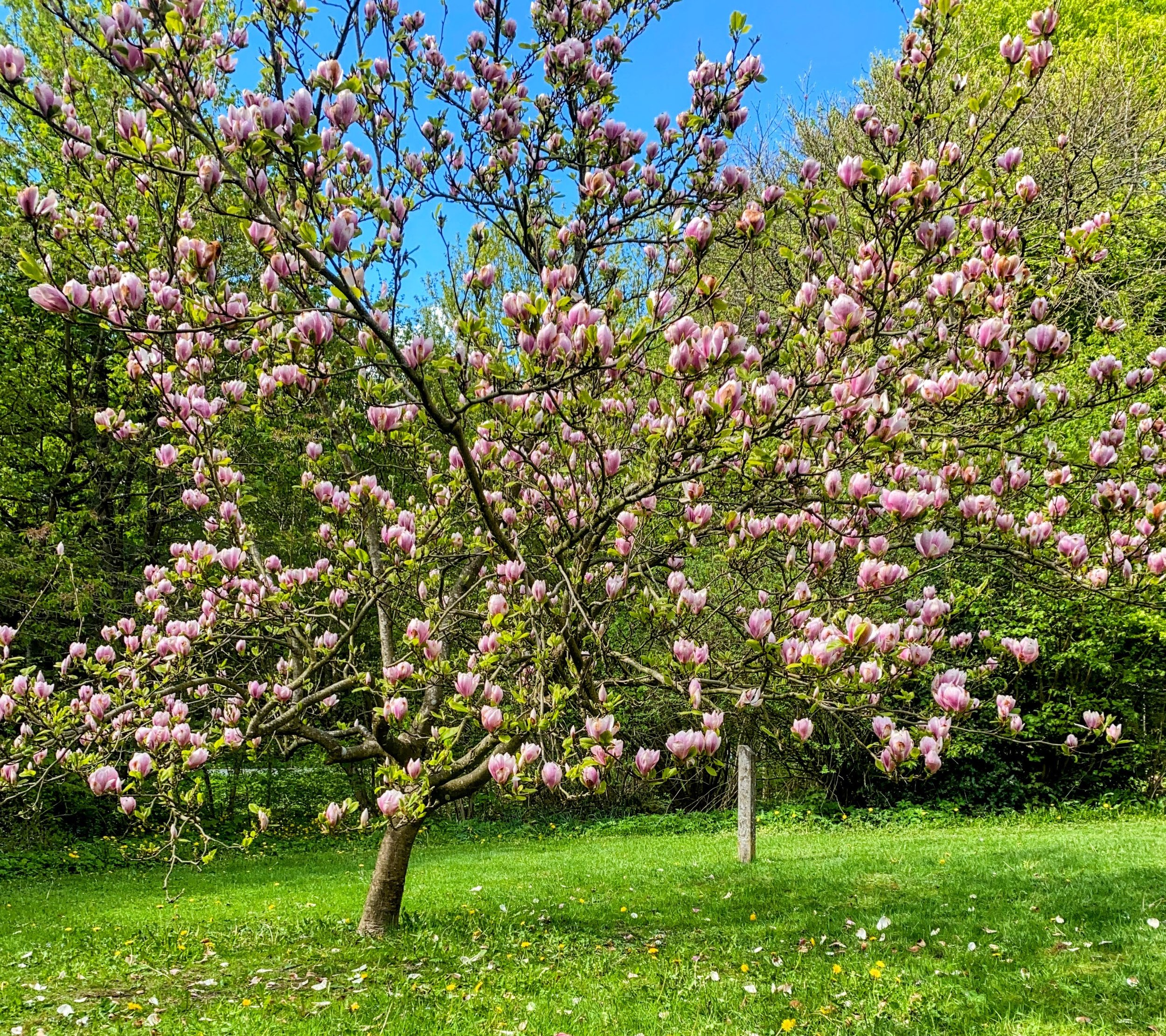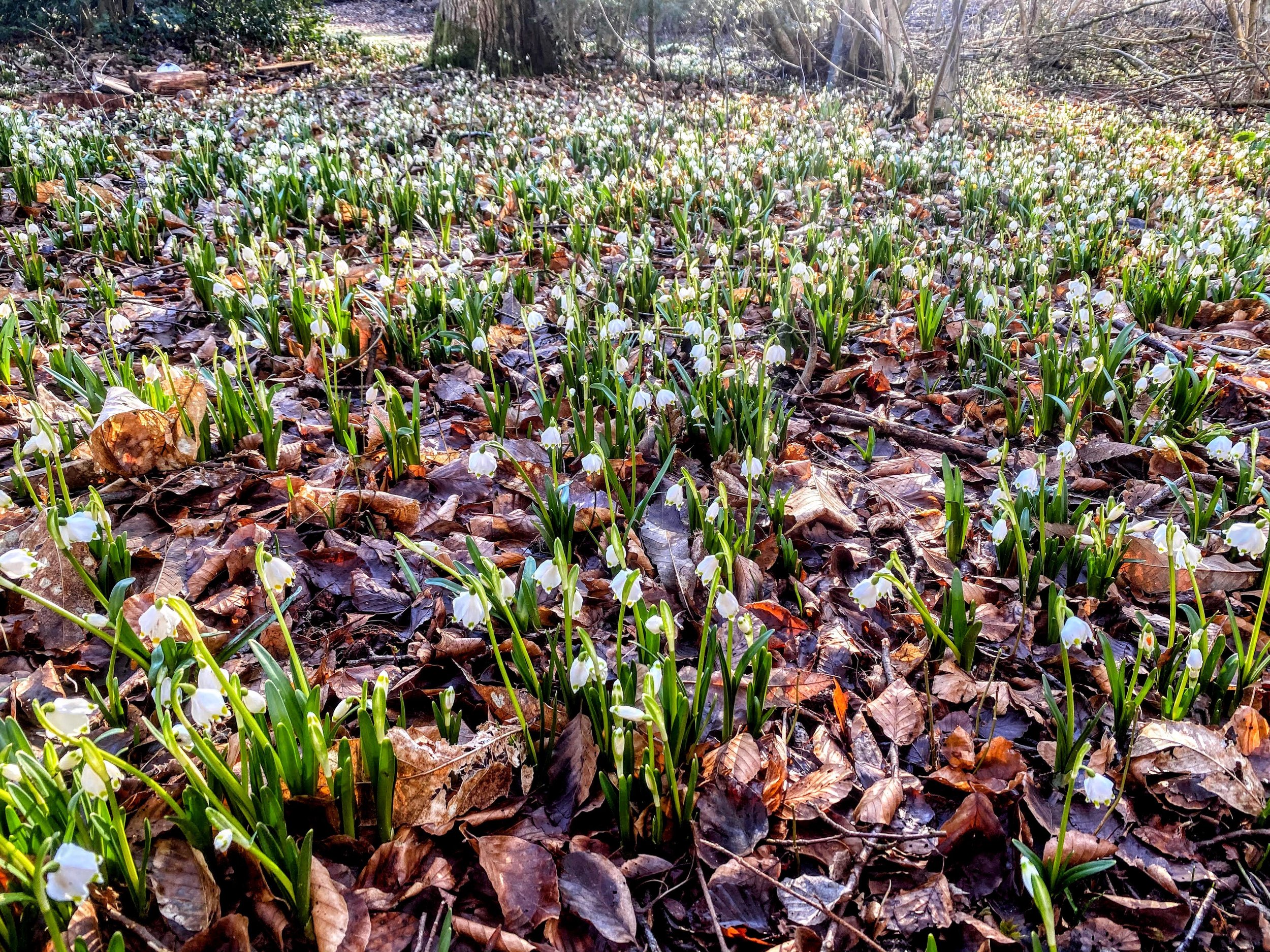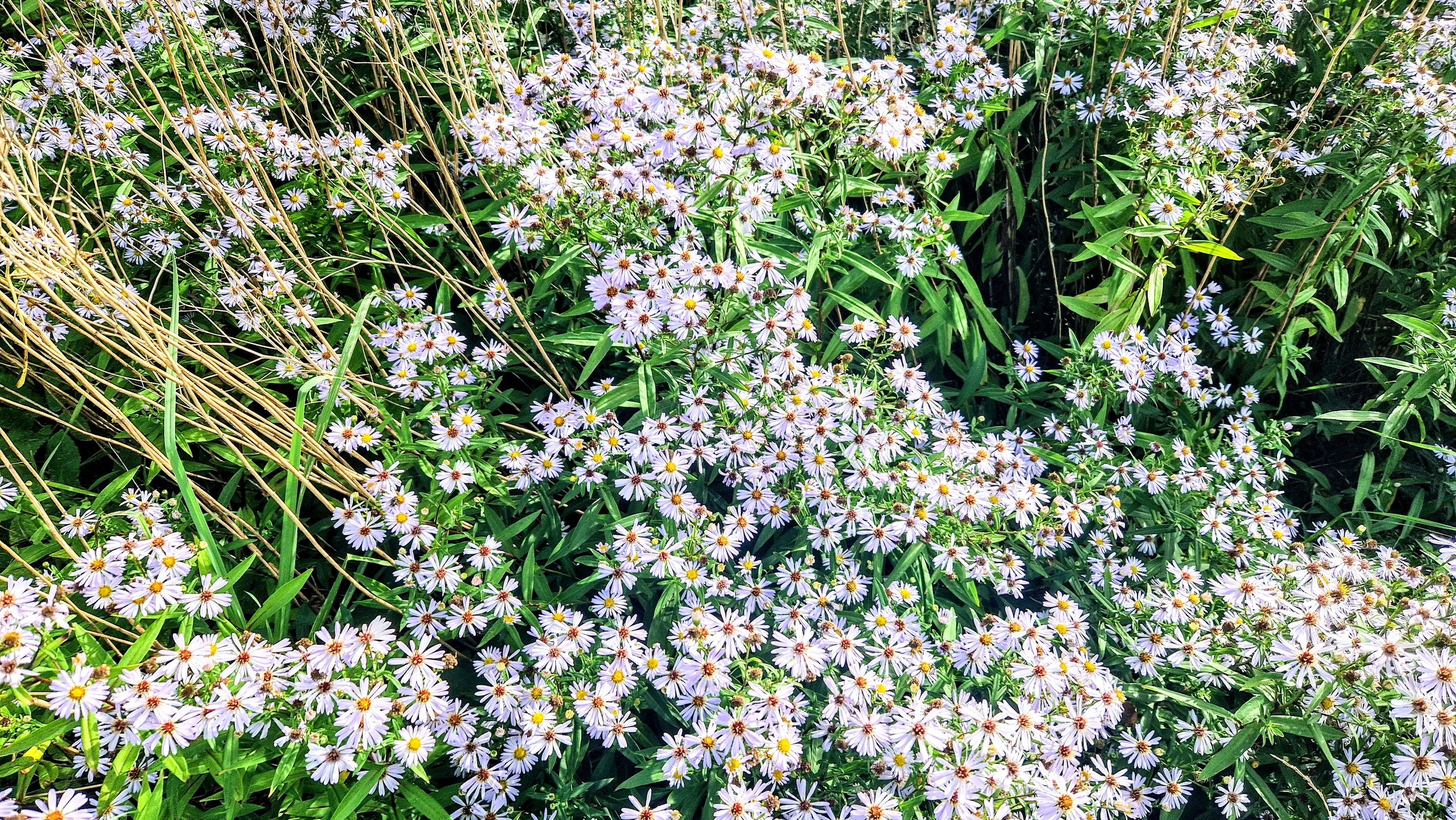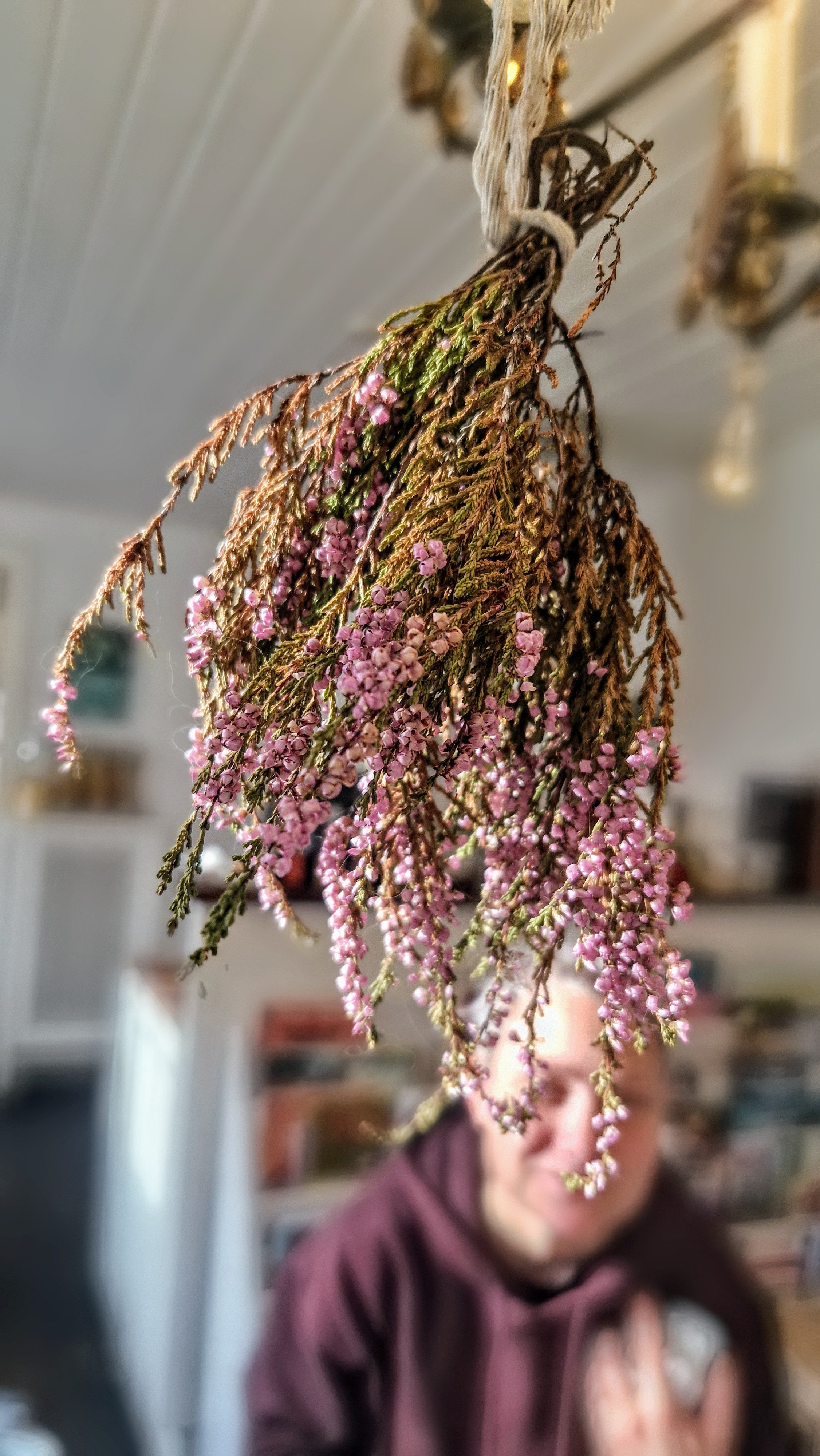The Daffodils of early spring

As Easter approaches and the landscape slowly awakens from its winter slumber, our woodland garden becomes a stage for one of spring's most eagerly anticipated performances: the blooming of daffodils. These vibrant heralds of the season, with their radiant yellow blooms, are a visual feast for the soul, symbolizing rebirth and new beginnings.
In our woods, we're fortunate to host an array of daffodils, from the modest wild varieties to the cultivated giants that boast lavish yellow skirts.
The contrast between the unassuming wild daffodils and their grandiose cultivated cousins adds depth and diversity to our springtime display, creating a tapestry of yellow that captures the essence of the season's joy and vitality.
The arrival of daffodils is a moment the whole family looks forward to, especially after the long, grey winter. Our children, drawn to the bright splashes of yellow, find it impossible to resist the allure of these flowers. The act of plucking daffodils, carefully selecting the most vibrant blooms to bring indoors, has become an Easter tradition in itself, one that not only decorates our home with the color of sunshine but also fills it with the spirit of spring.
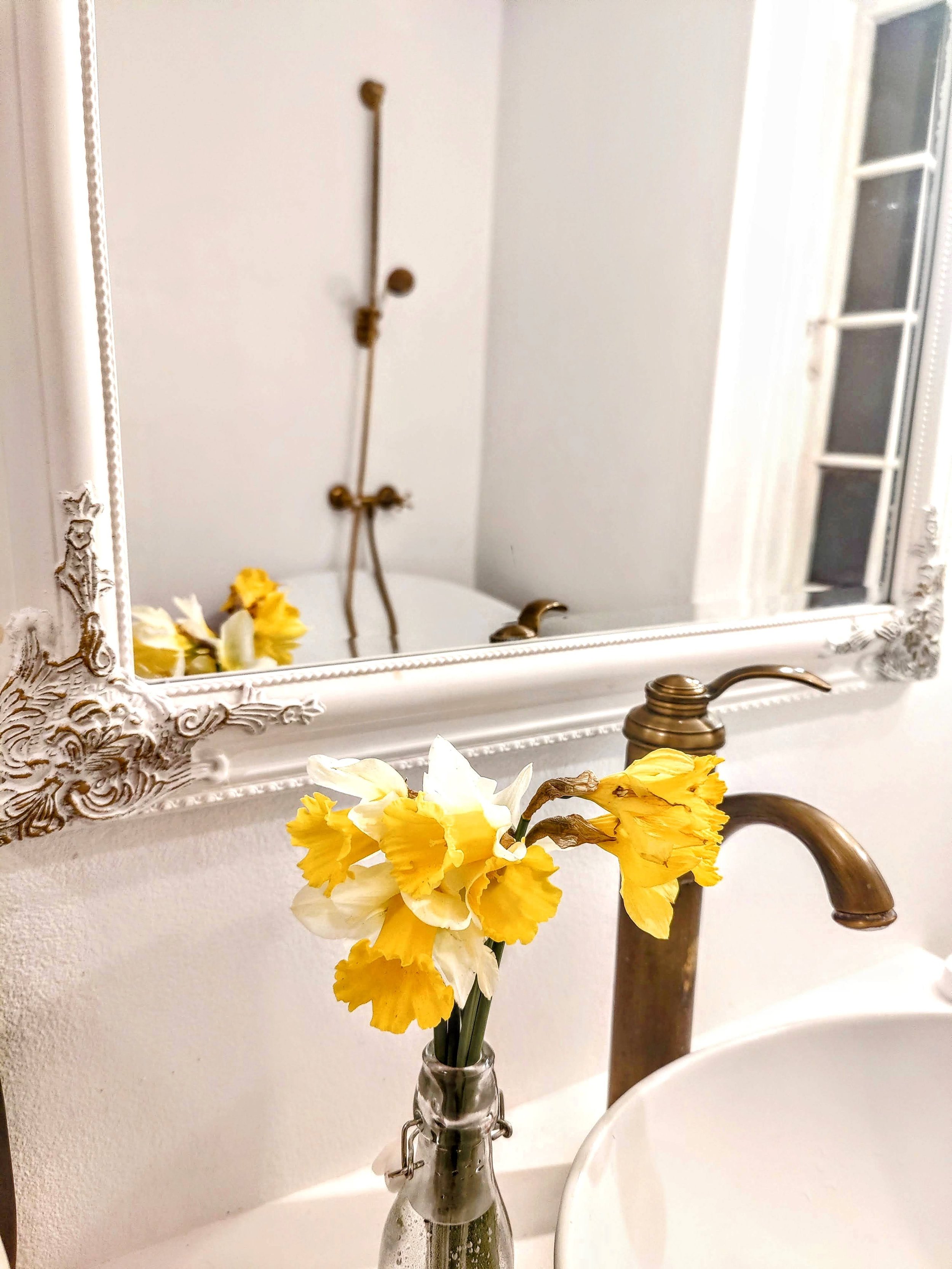
More blooming beauties:
No other herb draws butterflies quite like mint in bloom. For a fleeting week in late summer, the air is alive with the flutter of small tortoiseshell butterflies, their bright wings weaving through fragrant purple flowers. A last summer dance before autumn sets in.
In the lush late spring of Scandinavia, we forage for wild roses, an invasive yet beautifully aromatic species. Harvested carefully to capture their peak aroma, these roses vary from lilac to white, each exuding a potent, citrusy fragrance.
In the lush landscapes of Scandinavia, the dandelion is a ubiquitous presence, often seen as a stubborn invader in well-manicured lawns but revered by nature lovers for its wild beauty and ecological importance. Far from being merely a common weed, dandelions are celebrated in our family as symbols of resilience and the heralds of spring.
In May, our family embraces the vibrant bloom of spring by crafting a wreath made from an assortment of wildflowers like dandelions, bellis, and bellflowers. Gathered and woven by our youngest, Bear, the wreath starts as a playful crown, symbolizing the joy and exuberance of spring. Later, it adorns our front door, welcoming visitors with its natural beauty.
Our Magnolia soulangeana is more than just a tree; it is a symbol of our connection to nature, tradition, and the magical folklore of Scandinavia. Each spring, as it bursts into bloom, we celebrate its beauty and the life it brings to our woodland garden.
As Easter ushers in the spring, our woodland garden bursts into life with the blooming of daffodils, from modest wild varieties to grand cultivated ones.
In the quiet of winter, our woodland garden suddenly comes alive with the delicate bloom of Snowdrop flowers, heralding the approach of spring. Revered as "Winter Tease," these resilient flowers captivate us, Galanthophiles, with their simple beauty and promise of renewal.
As spring whispers its arrival, the flowering hazel tree, with its vibrant catkins, emerges as nature's early herald. These bright, fragrant blossoms not only signal the hazel's location for future foraging but also bring a hint of spring's promise indoors with their sweet, nutty aroma.
As we wander through the fields and meadows, collecting these wild Asters, we’re reminded of the enduring legacy of our ancestors. Their tales and traditions live on, even as we create our own modern rituals, intertwining the old with the new, the sacred with the everyday, and finding beauty in the simple, wild blooms that have witnessed the passing of countless autumns.
Amidst the changing hues of autumn, the resilient heather blooms with delicate pink bell-like flowers. Gathered and tied into quaint bundles, they hang as rustic reminders of fleeting beauty, transforming into petite winter bouquets that evoke memories of sunlit walks and the earthy scent of the woods.
